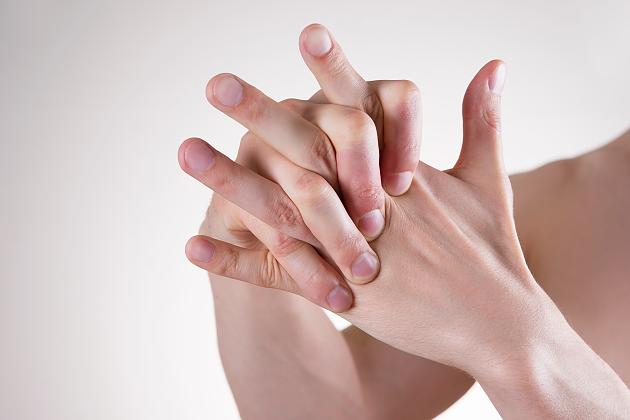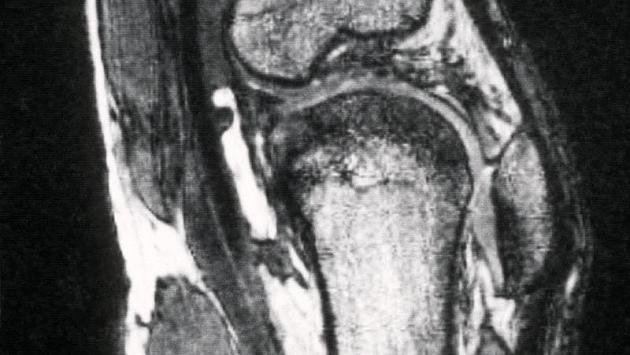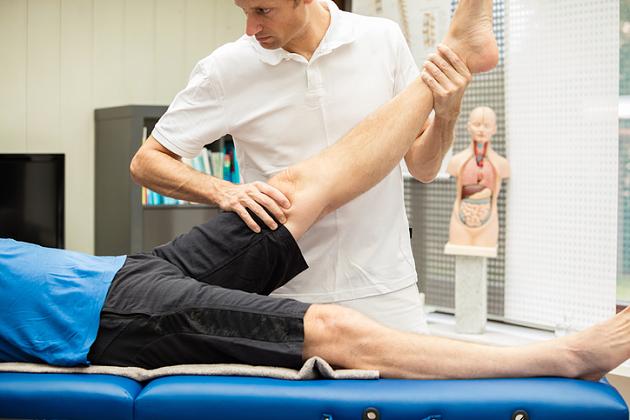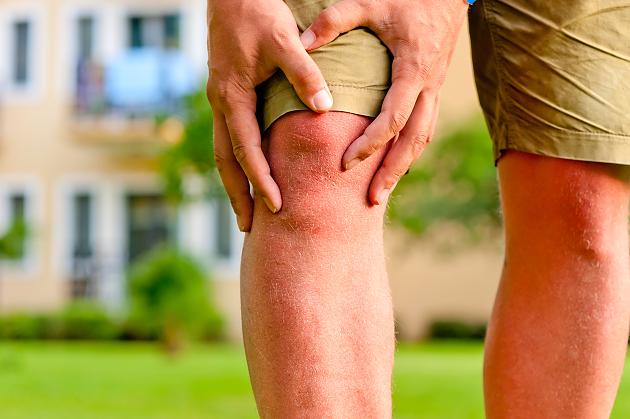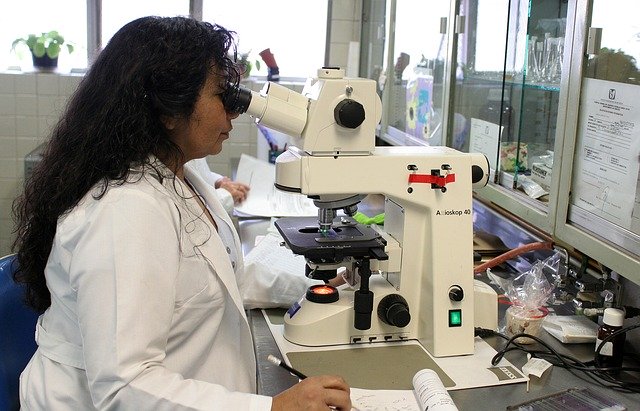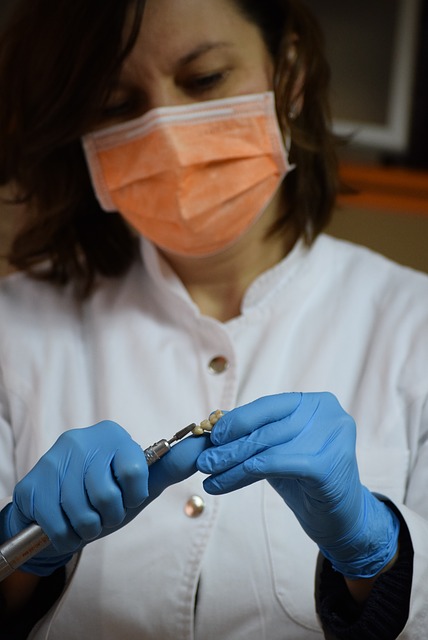Crack, Crack, Crack: Some people can pull their fingers apart so that it makes quite loud noises. Scientists wanted to know where this pop is coming from.
- So far there have been various theories about the origin of noise.
- Researchers observed the process in the magnetic resonance tomograph.
- There is no indication of whether the cracking is bad or good for the joints.
The cracking noise when pulling apart of fingers formed according to a study by the formation of a cavity in the joint.
Finger in the magnetic resonance tomograph
In the investigation, Greg Kawchuk’s team from the University of Alberta in Edmonton, Canada, took a closer look at a man’s metacarpophalangeal joints in an MRI scanner. The scientists present their results in the journal “PLOS ONE” .
Is there a threat to health?
Some people can crack their joints when they pull their fingers apart. There is currently no evidence as to whether this phenomenon is bad or good for the joints. “So far, no one has ever been able to prove that this cracking is harmful to health in the long term,” says Professor Jörg van Schoonhoven from the Clinic for Hand Surgery at the Rhön Clinic in Bad Neustadt an der Saale.
Different theories
For a long time there have been various theories about where the popping sound when clicking your fingers comes from. Some scientists suspected that the crackling sound was caused by a bursting bubble in the joint space.
Other researchers hypothesized that the sound is caused by the flapping of ligaments.
Another explanation for the origin of the cracking is what is known as tribonucleation: a mechanism in which the movement of surfaces creates gas bubbles in a liquid.
Study author as guinea pig
To date, there has not been any direct experimental evidence that solidly supports any of the theories. Kawchuk’s researchers wanted to change that.
For their study, the scientists needed someone who had the ability to crack their metatarsophalangeal joints on request. These joints connect the bones of the metacarpus to the base members of the fingers. The choice fell on Jerome Fryer, one of the study authors.
Pull until it cracks
In the experiment, the researchers examined each finger of the test subject in isolation in a special magnetic resonance tomograph, with which movement sequences can be recorded.
The finger was attached to a kind of tube that was connected to a cable at the other end. Then the cord was pulled until Fryer’s fingers cracked. The entire process in the joint was recorded with an MRI scanner.
Is a cavity the cause?
Shortly before the cracking could be heard, the researchers were able to observe the formation of a cavity in the images.
The scientists therefore assume that tribonucleation has taken place in the joint: “It is a bit as if a vacuum is being formed,” explains Kawchuk in a communication on the study. “If the joint surfaces suddenly separate, there is no longer any liquid left to fill the increasing joint volume. This creates a cavity.” The noise is generated by this event.
“It is interesting to know what acoustic phenomenon is behind the cracking of the fingers,” said the hand surgeon van Schoonhoven. However, by including only one person in their study, Kawchuk’s researchers would be able to explain the phenomenon only for that person. “The experimental setup does not allow any generalized statements,” said van Schoonhoven.

